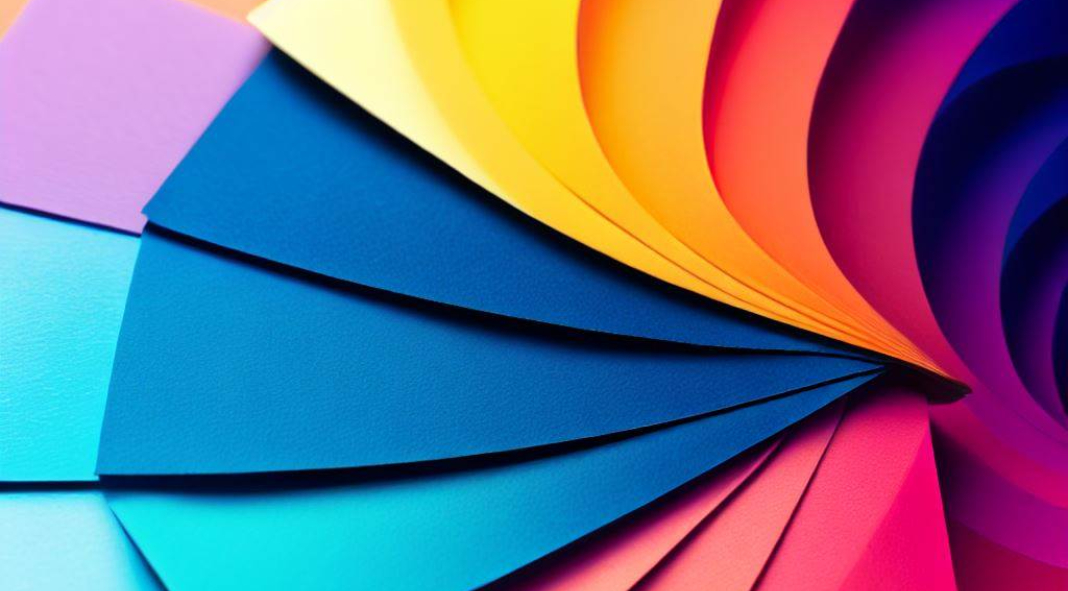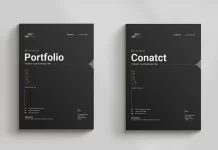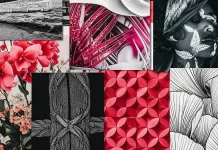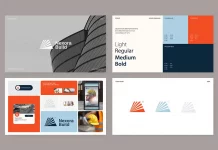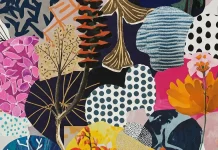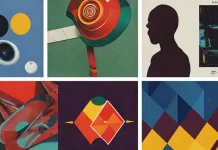Color is a powerful tool in the hands of designers, capable of evoking emotions, setting moods, and influencing perceptions. The field of color psychology explores the psychological impact of colors on human behavior and emotions. In the world of design, understanding how different colors affect our minds is essential for creating captivating and meaningful experiences. In this blog post, we’ll delve deep into the realm of color psychology, exploring how different colors evoke emotions and moods, and how designers can effectively use color psychology to enhance their projects.
Understanding Color Associations
Colors carry cultural, psychological, and personal associations that influence our feelings and responses. Let’s take a closer look at some of the commonly associated emotions with various colors:
- Red: Often associated with passion, energy, and intensity, red is a color that grabs attention. It can evoke feelings of excitement but also raise the heartbeat and signify danger.
- Blue: Blue is known for its calming and serene qualities. It’s often associated with stability, trust, and reliability. Lighter blues can invoke feelings of tranquility, while darker blues can be linked to professionalism.
- Yellow: The color of sunshine, yellow radiates positivity and happiness. It can grab attention and stimulate the mind, but excessive use can also evoke feelings of anxiety.
- Green: Symbolizing nature and growth, green is often associated with balance, harmony, and rejuvenation. It has a calming effect and can represent freshness and renewal.
- Purple: Long associated with luxury and sophistication, purple can evoke feelings of creativity, spirituality, and even mystery. Lighter shades lean towards romance, while darker ones suggest power.
- Orange: Combining the energy of red and the happiness of yellow, orange is vibrant and attention-grabbing. It can evoke feelings of enthusiasm and warmth.
- Pink: Often associated with femininity, pink represents compassion, tenderness, and nurturing qualities. Lighter shades evoke a sense of innocence, while darker ones can signify sophistication.
- Black: Symbolizing sophistication and power, black can evoke feelings of elegance, formality, and mystery. It’s often used to convey a sense of luxury.
- White: Representing purity and simplicity, white can evoke feelings of cleanliness, calmness, and spaciousness. It’s often used to create a minimalist and airy atmosphere.
Applying Color Psychology in Design
Understanding how colors influence emotions allows designers to strategically use them to create desired reactions in their audience. Here are some ways to effectively apply color psychology in design:
- Brand Identity: Choosing the right colors for a brand’s logo, website, and marketing materials can help convey the brand’s personality and values. For instance, a health and wellness brand might use calming greens and blues to inspire trust and balance.
- User Experience (UX) Design: In user interfaces, colors can guide users, highlight important elements, and create a seamless user experience. Buttons, calls to action, and navigation elements can be strategically colored to encourage specific actions.
- Cultural Sensitivity: Different cultures associate colors with varying emotions and meanings. When designing for a global audience, it’s crucial to consider the cultural context of colors to avoid misinterpretations or offense.
- Creating Atmosphere: Colors play a pivotal role in setting the mood of physical spaces. Interior designers can use warm colors like oranges and reds to create a cozy ambiance in a restaurant, or cool blues and greens to induce relaxation in a spa.
- Visual Hierarchy: Color can be used to establish a visual hierarchy in the design. Bold and contrasting colors can draw attention to important elements, while subdued colors can be used for background or secondary information.
Color psychology is a fundamental aspect of design that wields a remarkable influence on human emotions and perceptions. By understanding the emotional associations of different colors, designers can create experiences that resonate deeply with their audience. The strategic use of color can guide user behavior, convey brand values, and even alter the perception of physical spaces. As designers, we have the power to harness the psychological impact of color to craft meaningful, captivating, and effective designs that leave a lasting impression. So, let’s paint the world with emotions, one color at a time.
Feel free to browse through the Design section on WE AND THE COLOR to find inspiring work.

